
【Domestic Papers】Harbin Institute of Technology Has Successfully Developed a Self-Driven Photodetector for Ga₂O₃/CdS Heterojunctions
日期:2025-05-22阅读:317
With the development of big data, artificial intelligence and the Internet of Things, data security faces severe challenges. Encrypted optical communication is an important means to ensure the security of data transmission, and photodetectors are a core component of it. The development of wideband, high-sensitivity photodetectors is crucial for enhancing the application of photodetectors in secure optical communication. Self-driven photodetectors generate photocurrent at zero bias voltage using the photovoltaic effect or pyro-phototronic effect (PPE), which not only reduces energy consumption but also enhances the integration and portability of the device, making them particularly suitable for encrypted optical communication systems. Pyro-phototronic effect utilizes the photoinduced thermal effect to generate a transient polarized electric field, thereby enhancing the separation and transport efficiency of photogenerated carriers.
According to Mems Consulting, recently, a research team from Harbin Institute of Technology has developed a self-driven photodetector based on Ga₂O₃/CdS heterojunction. It achieves a broadband response from 200 nm to 1100 nm by utilizing the pyroelectric photoelectric effect, breaking through the intrinsic band gap limitation of the material. Compared with devices that only rely on the photovoltaic effect, the responsiveness and specific detection rate of this self-driven photodetector have been significantly improved under illumination of all wavelengths, and the performance has been particularly enhanced by 536% under 460 nm illumination.
In addition, programmable logic gates were constructed using the photoresponse characteristics based on the pyro-phototronic effect, and three logical functions - "AND", "OR", and "XOR" - were successfully implemented in the same device, enabling the encryption and decoding of information. This study not only advances the theoretical understanding and application scope of the pyro-phototronic effect, but also provides a new strategy for efficient and secure encrypted optical communication. A programmable logic gate constructed with Ga2O3/CdS self-powered photodetector based on the pyro-phototronic effect: A new avenue for achieving secure encrypted optical communication was published in the Chemical Engineering Journal.
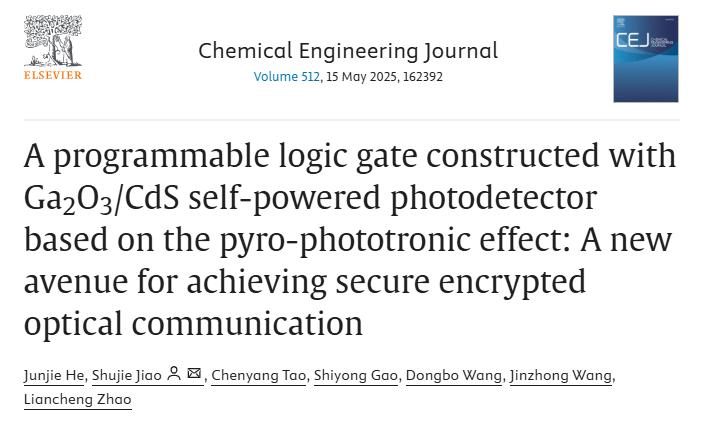
The research team prepared a self-driven photodetector based on Ga₂O₃/CdS heterojunctions by magnetron sputtering, and the preparation process and characterization of the device are shown in Figure 1. Subsequently, the research team evaluated the photoelectric performance of the device through systematic experiments. The relevant results are shown in Figures 2 and 3.
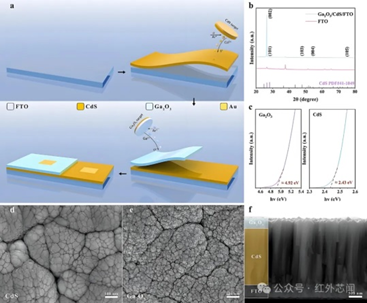
Figure 1 Preparation process and characterization of the Ga₂O₃/CdS heterojunction self-driven photodetector
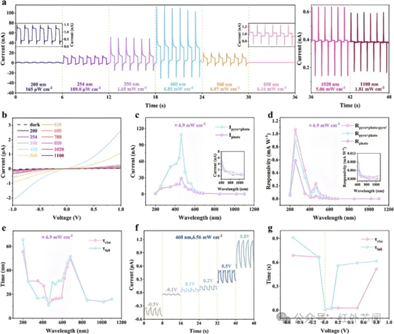
Figure 2 Photoresponse behavior of Ga₂O₃/CdS heterojunction self-driven photodetector
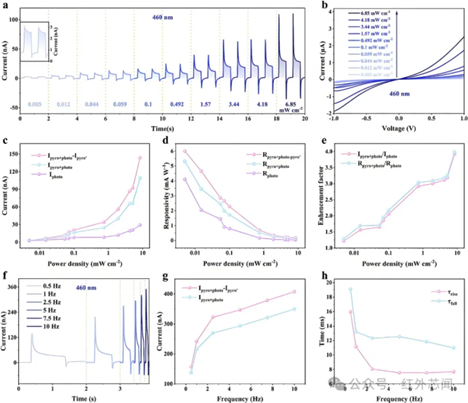
Figure 3 Photoresponse behavior of Ga₂O₃/CdS heterojunction self-driven photodetector
Subsequently, the researchers conducted an in-depth analysis of the generation and enhancement mechanism of the pyro-phototronic effect in the Ga₂O₃/CdS heterojunction self-driven photodetector. The relevant results are shown in Figure 4.
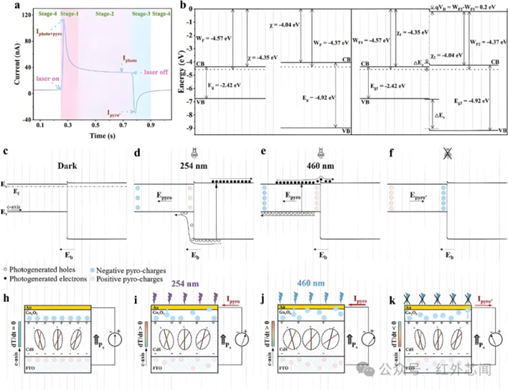
Figure 4 Ga₂O₃/CdS heterojunction self-driven photodetector generation and enhancement mechanism of pyro-phototronic effect
Finally, the researchers utilized the multi-band response characteristics of the Ga₂O₃/CdS heterojunction self-driven photodetector to construct a programmable logic gate for the logical operation and encryption processing of photoelectric signals. The relevant results are shown in Figures 5 and 6.
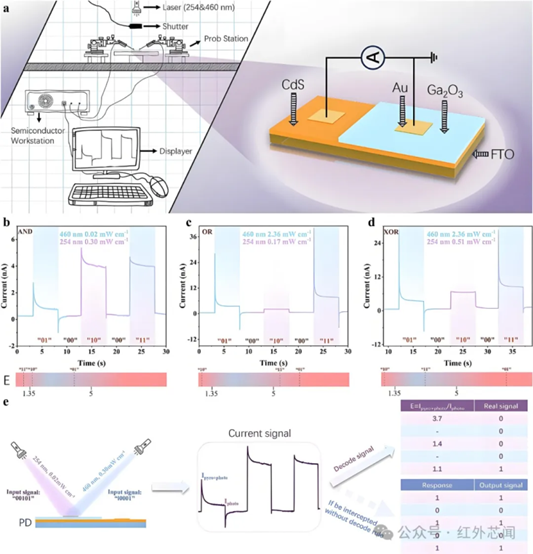
Figure 5 Realization of optical logic gate for Ga₂O₃/CdS heterojunction self-driven photodetector and its application in optical encryption communication

Figure 6 Illustration of the application of decoding optical response information
In summary, this study successfully developed a self-driven photodetector based on Ga₂O₃/CdS heterojunctions, which achieved a broadband response from 200 nm to 1100 nm using the pyro-phototronic effect, significantly breaking through the material bandgap limit. The photodetector performed well in multi-band detection, logical operations, and encrypted communications, verifying its potential in secure communications, the Internet of Things, and portable devices. This research demonstrates the great potential of the pyro-phototronic effect in the field of photoelectric detection and signal processing, providing new ideas for the development of efficient, wideband and self-driven photoelectric integrated systems. By optimizing fabrication processes and material stability in the future, this technology is expected to drive the commercialization of the next generation of optical communication technologies.
DOI:
doi.org/10.1016/j.cej.2025.162392


